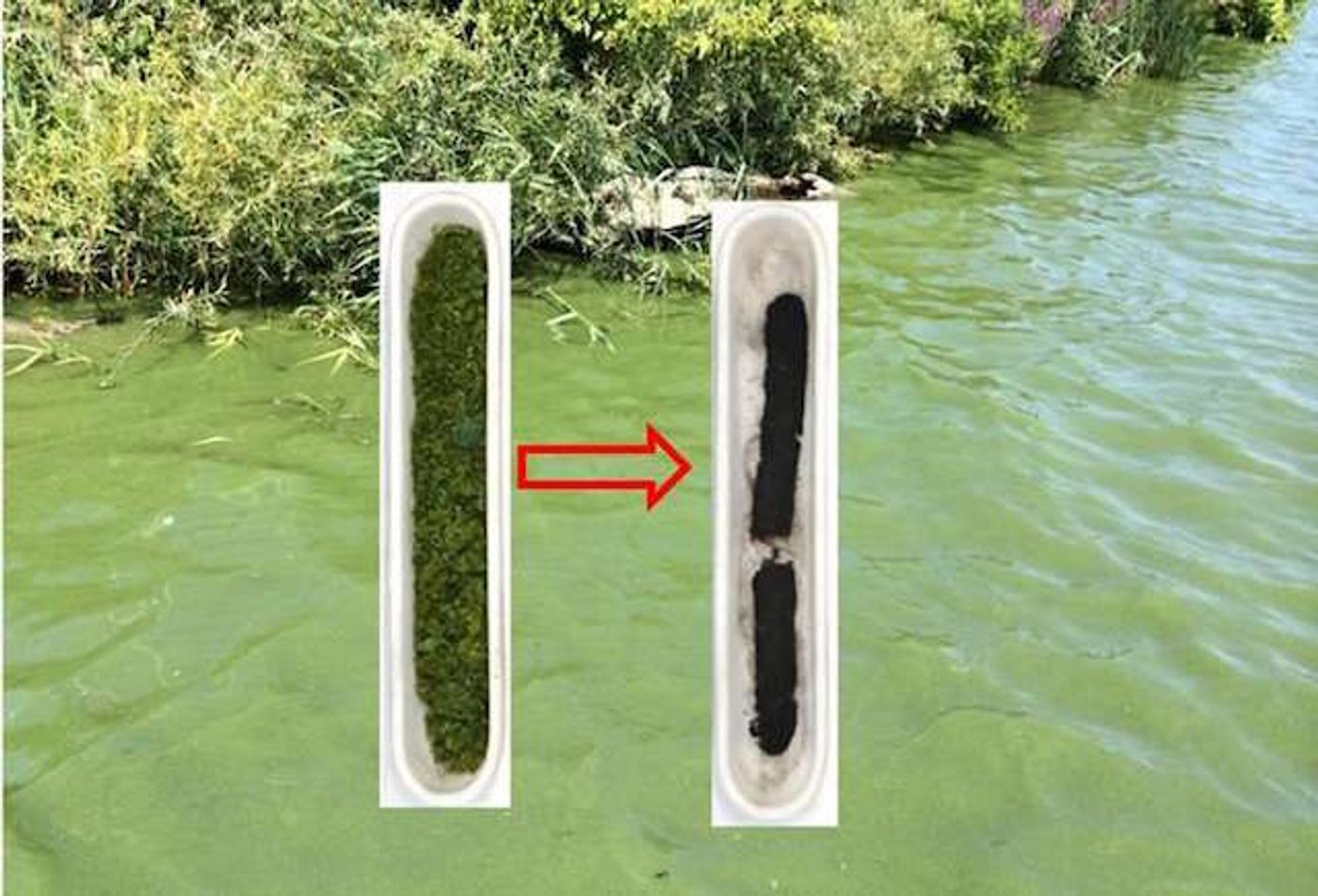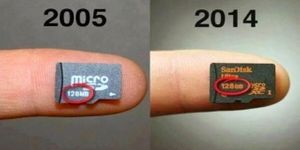As global warming keeps heating the planet, toxic algae blooms are becoming more and more of a problem. Last August, in fact, these harmful algae blooms, (or HABs) grew to such an extent in Lake Erie that Toledo, Ohio had to shut down its drinking water system for several weeks. This sort of event is happening more and more often, but, believe it or not, these HABs may actually have an up side. When these blooms were occurring, researchers collected some of them, and began experimenting on them. One thing they found is that by heating the bloom material to temperatures of 700-1000 °C in an argon gas environment, they can transform the HABs into a material called "hard carbon”. Hard Carbon, it seems, is the element that has been missing for the creation of high-capacity, low-cost sodium-ion (or Na-ion) batteries.

"Harmful algal blooms, caused by cyanobacteria (or so called ‘blue-green algae'), severely threaten humans, livestock, and wildlife, leading to illness and sometimes even death," says Dr. Da Deng, an environmental engineer at Wayne State University in Detroit. "The Toledo water crisis in 2014 caused by HABs in Lake Erie is a vivid example of their powerful and destructive impact. The existing technologies to mitigate HABs are considered a 'passive' technology and have certain limitations. It would significantly and broadly impact our society and environment if alternative technologies could be developed to convert the HABs into functional high-value products.”
You’ve probably heard of lithium-ion (Li-ion) batteries. They’re they most commonly used type of high capacity battery in the world right now, but engineers who are designing them into products like electric cars are bumping up against the technology’s limitations. And so, Deng and his team’s discovery may be happening at a very opportune moment.
"We demonstrated the conversion of HABs, freshly collected from Lake Erie near Toledo, into high-performance electrodes for Na-ion batteries," Deng says. "We call it a 'trash-to-treasure' approach. This technology could be promising for mitigating HABs to overcome their environmental threats and providing 'green' electrodes for reversible sodium storage in Na-ion batteries."
Though Li-ion battery technology is extremely developed, Na-ion battery technology is still in its infancy. This is largely because, until now, there hasn’t been a reliable electrode material to make Na-ion batteries out of. The corresponding material for Li-ion batteries is usually graphite, but the larger Na ions don’t fit into the graphite structure as well as the smaller Li ions do. Na ions fit better into hard carbon, which is more randomly structured than graphite. Hard carbon also contains more voids and large defects which can store the larger Na ions.
Though hard carbon is usually derived from petroleum, Deng and his team have shown that it can be better made from HABs (specifically blue-green algae). Deng’s process has numerous advantages over hard carbon extracted from petroleum. Deng’s process is much simpler and pulls carbon from the atmosphere. The algae can be grown quickly, requiring no land or soil.
"Our future research will focus on the optimization of electrochemical performance of HAB-derived carbon in Na-ion batteries," says Deng. "We will try to address the issue of first-cycle irreversible capacity loss in Na-ion batteries. We are also interested in developing methods for the large-scale harvesting of HABs and studying their implications on the ecosystem."
Souce:
Techexplore.com









